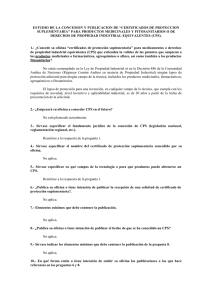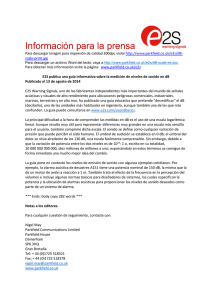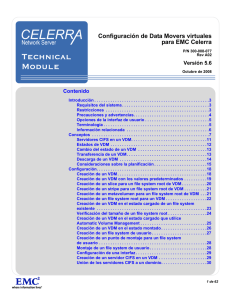Effect of Drying Methods on Crystal Properties and Stability of
Anuncio
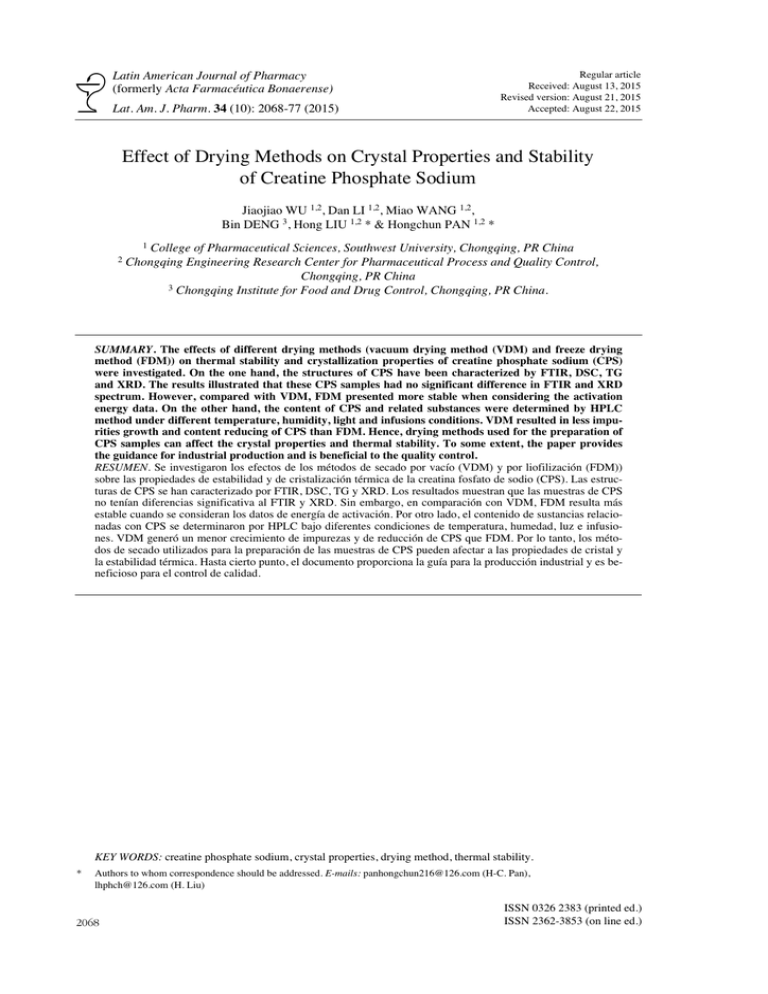
Latin American Journal of Pharmacy (formerly Acta Farmacéutica Bonaerense) Lat. Am. J. Pharm. 34 (10): 2068-77 (2015) Regular article Received: August 13, 2015 Revised version: August 21, 2015 Accepted: August 22, 2015 Effect of Drying Methods on Crystal Properties and Stability of Creatine Phosphate Sodium Jiaojiao WU 1,2, Dan LI 1,2, Miao WANG 1,2, Bin DENG 3, Hong LIU 1,2 * & Hongchun PAN 1,2 * 1 2 College of Pharmaceutical Sciences, Southwest University, Chongqing, PR China Chongqing Engineering Research Center for Pharmaceutical Process and Quality Control, Chongqing, PR China 3 Chongqing Institute for Food and Drug Control, Chongqing, PR China. SUMMARY. The effects of different drying methods (vacuum drying method (VDM) and freeze drying method (FDM)) on thermal stability and crystallization properties of creatine phosphate sodium (CPS) were investigated. On the one hand, the structures of CPS have been characterized by FTIR, DSC, TG and XRD. The results illustrated that these CPS samples had no significant difference in FTIR and XRD spectrum. However, compared with VDM, FDM presented more stable when considering the activation energy data. On the other hand, the content of CPS and related substances were determined by HPLC method under different temperature, humidity, light and infusions conditions. VDM resulted in less impurities growth and content reducing of CPS than FDM. Hence, drying methods used for the preparation of CPS samples can affect the crystal properties and thermal stability. To some extent, the paper provides the guidance for industrial production and is beneficial to the quality control. RESUMEN. Se investigaron los efectos de los métodos de secado por vacío (VDM) y por liofilización (FDM)) sobre las propiedades de estabilidad y de cristalización térmica de la creatina fosfato de sodio (CPS). Las estructuras de CPS se han caracterizado por FTIR, DSC, TG y XRD. Los resultados muestran que las muestras de CPS no tenían diferencias significativa al FTIR y XRD. Sin embargo, en comparación con VDM, FDM resulta más estable cuando se consideran los datos de energía de activación. Por otro lado, el contenido de sustancias relacionadas con CPS se determinaron por HPLC bajo diferentes condiciones de temperatura, humedad, luz e infusiones. VDM generó un menor crecimiento de impurezas y de reducción de CPS que FDM. Por lo tanto, los métodos de secado utilizados para la preparación de las muestras de CPS pueden afectar a las propiedades de cristal y la estabilidad térmica. Hasta cierto punto, el documento proporciona la guía para la producción industrial y es beneficioso para el control de calidad. KEY WORDS: creatine phosphate sodium, crystal properties, drying method, thermal stability. * Authors to whom correspondence should be addressed. E-mails: panhongchun216@126.com (H-C. Pan), lhphch@126.com (H. Liu) 2068 ISSN 0326 2383 (printed ed.) ISSN 2362-3853 (on line ed.)
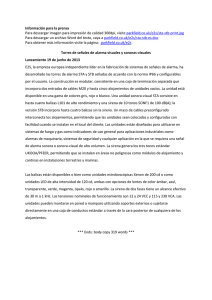
![Plantilla para resumen de JIMA2008 [pdf]](http://s2.studylib.es/store/data/001614228_1-b16f419ac1229808b31c5bd9885fdf95-300x300.png)
